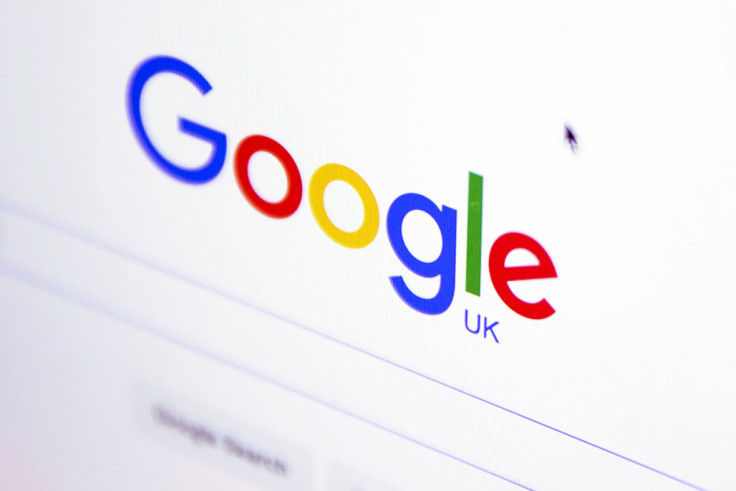Google to ban Flash-based ads as it touts move to 100% HTML5 advertising

Google has announced plans to completely remove all Flash-based advertising in favour of HTML5 by January next year. "Over the last few years, we've rolled out tools to encourage advertisers to use HTML5, so you can reach the widest possible audience across screens. To enhance the browsing experience for more people on more devices, the Google Display Network and DoubleClick Digital Marketing are now going 100% HTML5," the internet giant said in a statement.
The plans would start to take shape by 20 June this year, when display advertising with built-in Flash would no longer be uploaded into Google AdWords or DoubleClick. From 2 January 2017, Google would put the final nail in the coffin of the Flash plugin. From this date, it has said that display ads in the Flash format would no longer run on its services. "It's important to update your display ads to HTML5 before these dates," it warned.
The process to move away from Flash has been ongoing since early 2015. The firm has already drastically cut back on its use in Chrome and YouTube. "The benefits of HTML5 extend beyond web browsers, and it's now also used in smart TVs and other streaming devices," noted Richard Leider, engineering manager of Google at the time.
Yet in the grand scheme, it is not difficult to see why so many high-profile technology firms have started to place distance between their advertising networks and Flash Player as the platform has suffered numerous security issues over the past few years. Security updates released in the most-recent Patch Tuesday bulletin contained a slew of exploitable security gaps in the software right through from Windows 8 to Windows 10 operating systems. Furthermore, there is clear evidence that other major firms are to follow suit.
Most recently, Facebook moved its video platform to use HTML5 by default. "From development velocity to accessibility features, HTML5 offers a lot of benefits. Moving to HTML5 best enables us to continue to innovate quickly and at scale, given Facebook's large size and complex needs," explained Daniel Baulig, front-end engineer at Facebook at the time. "In theory, most browsers in use support HTML5 video. However, in practice we noticed that a lot of the older browsers would simply perform worse using the HTML5 player than they had with the old Flash player. We saw more errors, longer loading times, and a generally worse experience.
"We decided to initially launch the HTML5 player to only a small set of browsers, and continuously roll out to more browsers, versions, and operating systems as we improved it and fixed small bugs. That's why we waited until recently to ship the HTML5 player to all browsers by default, with the exception of a small set of them."
© Copyright IBTimes 2025. All rights reserved.






















